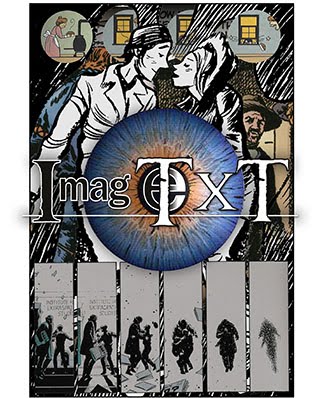CFP: Read Feather Journal (June 1)
Red Feather Journal invites critical and/or theoretical examination of the child image to further our understanding of the consumption, circulation, and representation of the child throughout the world’s visual mediums. Red Feather Journal welcomes submissions that examine the child image from a broad range of media’s: children’s film, Hollywood film, international film, television images of children or childhood, child images on the Internet, images of children/childhood in art, or images of children/childhood in any other visual medium. Some sample topics include, but are certainly not limited to: studies of images of children of color; child as commodity; images of children in Africa, Asia, Middle East, South America, etc.; political uses of the child image; children in film; children in advertising; visual adaptations of children’s literary works; child welfare images; children and war; or any other critical examination of the child image in a variety of visual mediums.
Red Feather Journal is a peer-reviewed journal that facilitates an international dialogue among scholars and professionals through vigorous discussion of the intersections between the child image and the conception of childhood, children’s material culture, children and politics, the child body, and any other conceptions of the child within local, national, and global contexts.
Red Feather Journal is published twice a year, February and September, and adheres to the MLA citation system. Authors are welcome to submit articles in other citation systems, with the understanding that, upon acceptance, conversion to MLA is a condition of publication. For more information, please refer to our website: www.redfeatherjournal.org
Interested contributors please submit the paper, an abstract, and a brief 50-word biography as attachments (Microsoft Word compatible) to debbieo@okstate.edu
Deadline for submissions for the fall issue is June 1st, 2010.
Labels: academic, cfps, children, journals, Red Feather Journal






